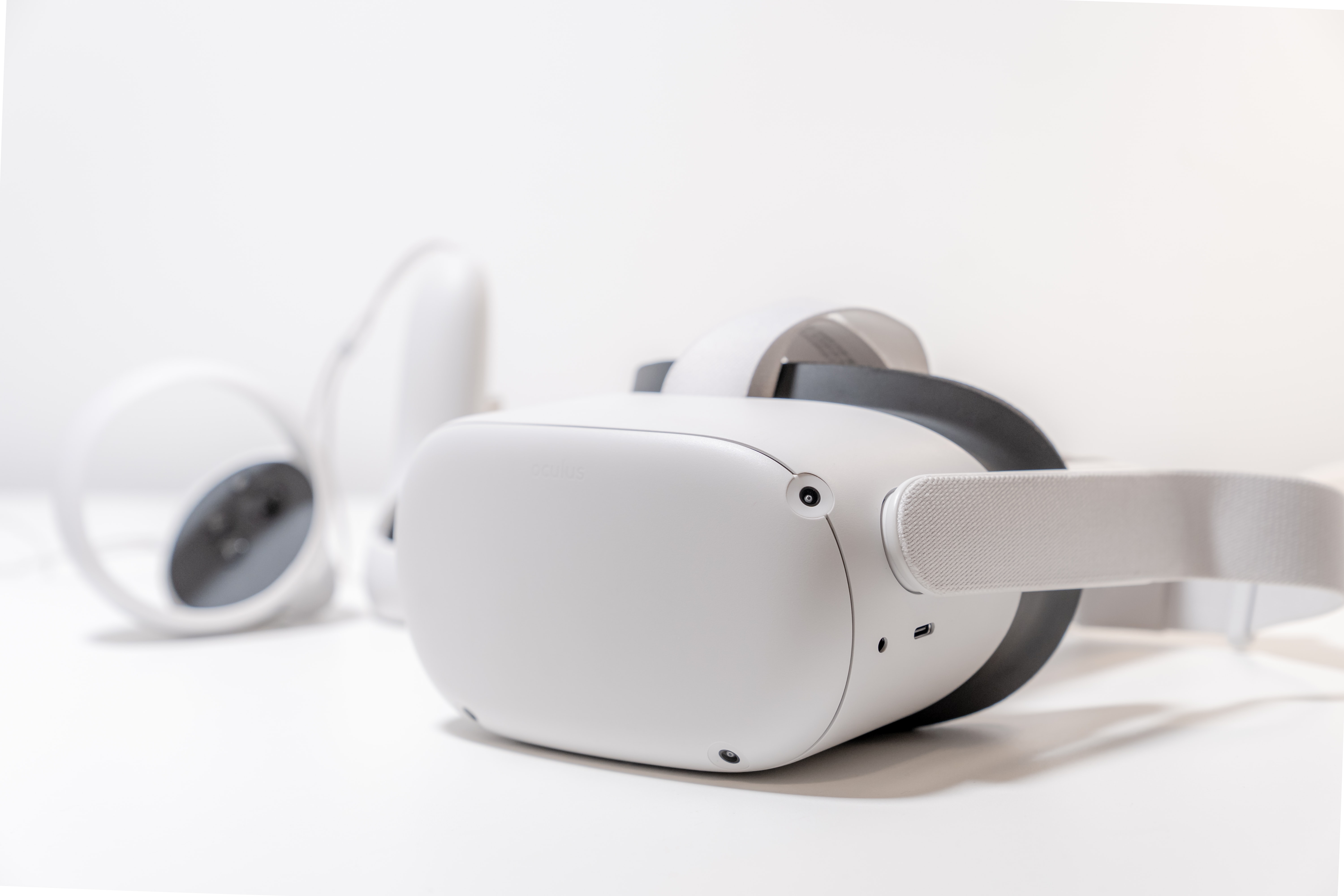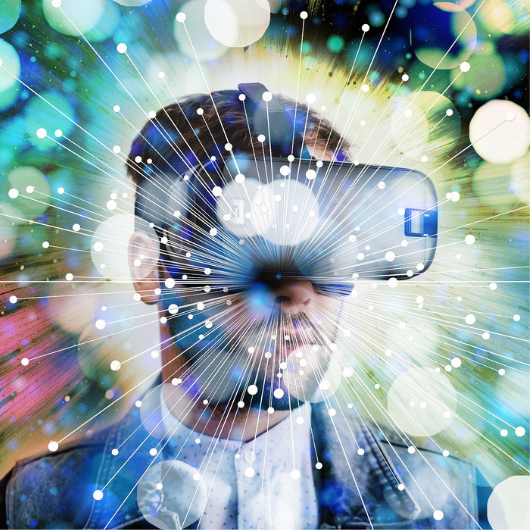Medical Training meets Intelligent Innovation
It is no secret that healthcare in our digital age demands an unprecedented level of competency. To keep up with the ever-evolving advancements in medical technology, executives must ensure their staff is properly trained and armed with the tools they need to be successful. But how can healthcare organizations integrate new technologies quickly, efficiently, and effectively? The answer lies in intelligent innovation - a combination of cutting-edge medical training solutions, designed to develop the skills essential for navigating the modern landscape of medicine. In this blog post, we will explore how innovative approaches to learning are transforming the way healthcare professionals operate today, delivering better outcomes for your business!
Introducing the Future of Medical Training – Intelligent Innovation
Virtual and augmented reality are ushering in a new era of medical training. With the help of intelligent innovation, students can now gain valuable training and experience without the necessity for costly materials or posing any risk to patients. Virtual clinical scenarios provide an experiential learning environment that allows medical students to practice realistic treatments with intuitive feedback and meaningful data on their performance. Furthermore, it guarantees a return on investment - often much quicker than traditional methods - as well as boosting adherence, engagement, and throughput rates in education and training sessions. Virtual medical simulations are beginning to shape the future of healthcare; propelling us into a unique digital dimension that delivers nothing short of excellence.
When to use Virtual Reality in Medical Learning
Virtual Reality (VR) can be an incredibly useful tool for medical learning and applications. Immersion in a simulated environment puts learners in control of their experience, giving them a chance to interact with different scenarios and patient cases without compromising patient safety. Experiences will not be face-to-face or even in the same room most times, creating a controlled environment that promotes better understanding of organisms and processes that may not be available in real life. By utilizing VR training programs, medical learners can gain essential skills and improve educational effectiveness.
A Look at How Virtual Reality Can Enhance Medical Learning
Virtual reality can have a huge impact on medical learning due to its immersive properties and ability to personalize the experience. Team-based training specifically stands to benefit from this technology, as practitioners can experience unique scenarios together and hone their collaboration skills naturally in a safe virtual environment. Skill-based training is also enhanced by VR, as task lists can be more easily managed thanks to its interactive interfaces. From the latest surgical techniques to patient care protocols, nurse's aides to doctors in training, virtual reality creates an engaging atmosphere that allows learners to gain knowledge while staying immersed in the tasks at hand. As technology continues to evolve, so too do its applications for medical learning; with the help of virtual reality, healthcare students are sure to take full advantage of its potential.
What is Augmented Reality (AR) and How Can it Revolutionize Training for Healthcare Professionals
Augmented Reality (AR) is a technology that overlays digital information, such as text, graphics, audio, and video, onto physical objects or environments. It can be experienced through head-mounted displays and enables users to interact more naturally with virtual elements that appear in their physical surroundings. AR has the potential to revolutionize healthcare training for professionals by providing an interactive experience that is accessible, cost-effective, and promotes learning retention. For example, scenarios could be created for training purposes in emergency medicine where personnel has to make time-critical decisions within an immersive environment using various modalities of data. This kind of innovative approach would allow employees to practice and rehearse real-life situations many times before facing them in the job setting. AR could also speed up the onboarding process for new staff members as they would receive comprehensive instruction in less time than traditional methods permit. Without a doubt, implementing this technology into healthcare training will revolutionize how medical personnel obtains knowledge in a safe and effective way.
Exploring Simulated Environments as a Tool for Effective Education in Medicine
Simulated environments have become a powerful tool for medical students, providing them with a wide range of educational opportunities to learn and practice different skill sets in safe, controlled settings. Such simulations can be close replicas of actual clinical settings containing high-tech equipment that allows students to properly diagnose and evaluate patients while providing them with the necessary skills they need as they enter the field. For example, accurately prescribing medications and administering treatments are skills that can be greatly improved through such simulated experiences. The applications of this technology are far-reaching as it not only gives medical students the chance to gain essential knowledge but also encourages deeper problem-solving and better decision-making in a very realistic environment.
An Overview of Virtual Reality Applications in Medical Education
Virtual reality (VR) has quickly become one of the most important tools in medical education. Its applications are vast and are at their most powerful when creating a true-to-life but safe environment for students to learn the craft of medicine and healthcare. VR provides learners with an immersive simulated experience in which students can practice a variety of difficult medical procedures, collaborate on case scenarios, and build communication and teamwork skills. With advances in technology, computer-generated avatars allow surgeons or other healthcare practitioners to give detailed advice or feedback during training without having to be physically present. In addition, VR technology can also be used to recreate traditional lecture-based presentations - providing educators with an interactive platform where they can lead classes while responding to student participation in real-time. All these aspects combine to make VR a versatile and invaluable tool for medical education in today's complex healthcare world.
As we have explored in this blog post journey, the possibilities of intelligent innovation in medical training are unlimited. From virtual and augmented reality programs to simulations of real-world skills, these applications are revolutionizing the way clinicians and healthcare professionals learn practical life-saving techniques without endangering the safety of their patients. Intelligent innovation's successful implementation can result in improved patient outcomes, better clinical decision-making, quality improvement initiatives, and financial gains for healthcare facilities. It is an investment that pays off multifold. Now that you know how intelligent innovation can enhance medical learning, it’s time to consider leveraging this cutting-edge technology in your own training program. Let’s see how advanced solutions like VR and AR can change the face of medical training – from nursing class curriculums to surgical skill development – and become a valuable resource for clinicians and healthcare professionals alike. Let's see how intelligent innovation can impact your training program!
Share this
You May Also Like
These Related Stories

VigXR at the Orlando Auto Show!

Revolutionizing Learning: The Impact of Virtual Reality

No Comments Yet
Let us know what you think